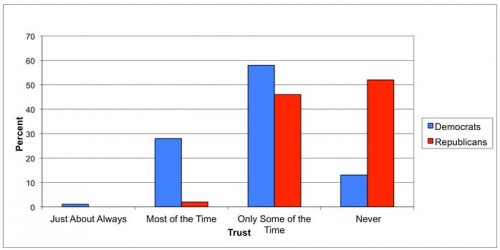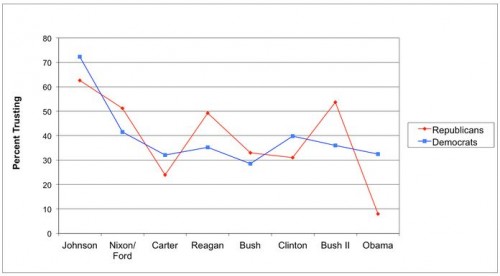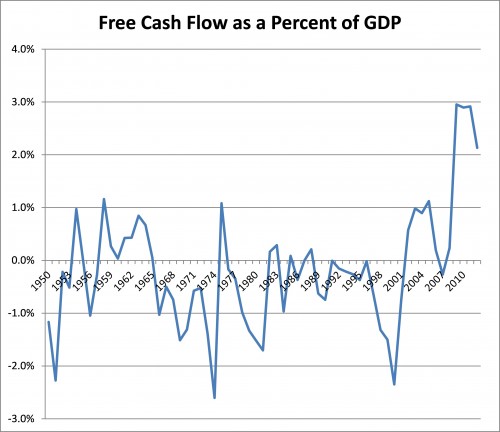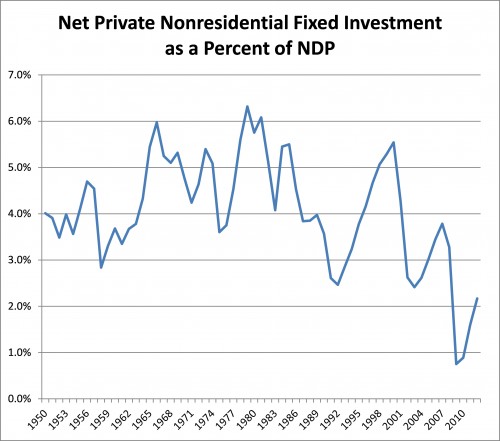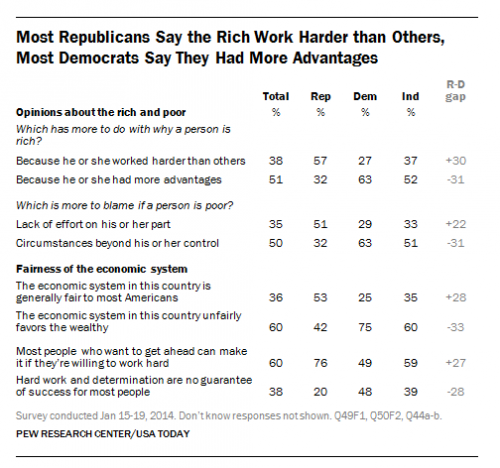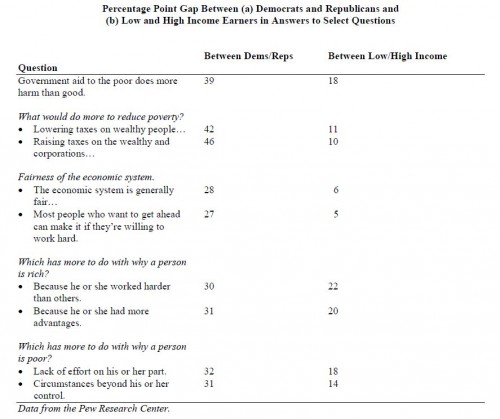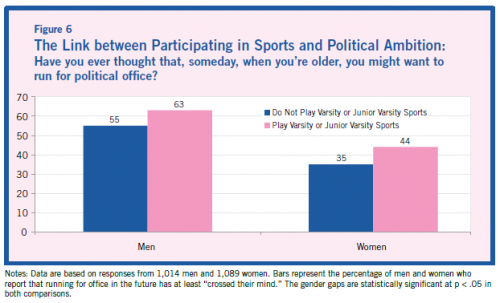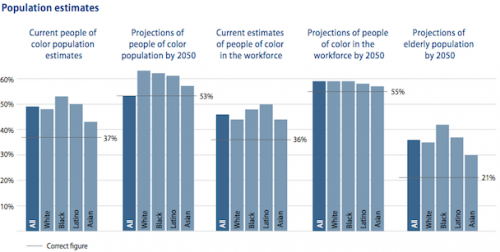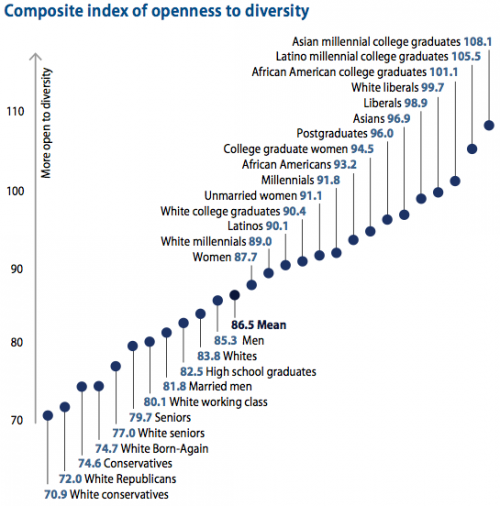A survey question is only as good as its choices. Sometimes an important choice has been left off the menu. I was Gallup polled once, long ago. I’ve always felt that they didn’t get my real opinion.
“What’d they ask?” said my brother when I mentioned it to him.
“You know, they asked whether I approved of the way the President was doing his job.” Nixon – this was in 1969.
“What’d you say?”“I said I disapproved of his entire existential being.”
I was exaggerating my opinion, and I didn’t actually say that to the pollster. But even if I had, my opinion would have been coded as “disapprove.”
For many years the American National Election Study has asked:
How much of the time do you think you can trust the government in Washington to do what is right – just about always, most of the time or only some of the time?
The trouble with these choices at that they exclude the truly disaffected. The worst you can say about the federal government is that it can be trusted “only some of the time.” A few ornery souls say they don’t trust the federal at all. But because that view is a write-in candidate, it usually gets only one or two percent of the vote.
This year the study included “never” in the options read to respondents. Putting “no-way, no-how” right there on the ballot makes a big difference. And as you’d expect, there were party differences:
Over half of Republicans say that the federal government can NEVER be trusted.
The graph appears in this Monkey Cage post by Marc Hetherington and Thomas Rudolph. Of course, some of those “never” Republicans don’t really mean “never ever.” If a Republican becomes president, they’ll become more trusting, and the “never-trust” Democrat tide will rise. Here’s the Hetherington-Rudolph graph tracking changes in the percent of people who do trust Washington during different administrations.
This one seems to show three things:
- Trust took a dive in the 1960s and 70s and never really recovered.
- Republican trust is much more volatile, with greater fluctuations depending on which party is in the White House.
- Republicans really, really hate President Obama.
Cross-posted at Montclair SocioBlog.
Jay Livingston is the chair of the Sociology Department at Montclair State University. You can follow him at Montclair SocioBlog or on Twitter.

